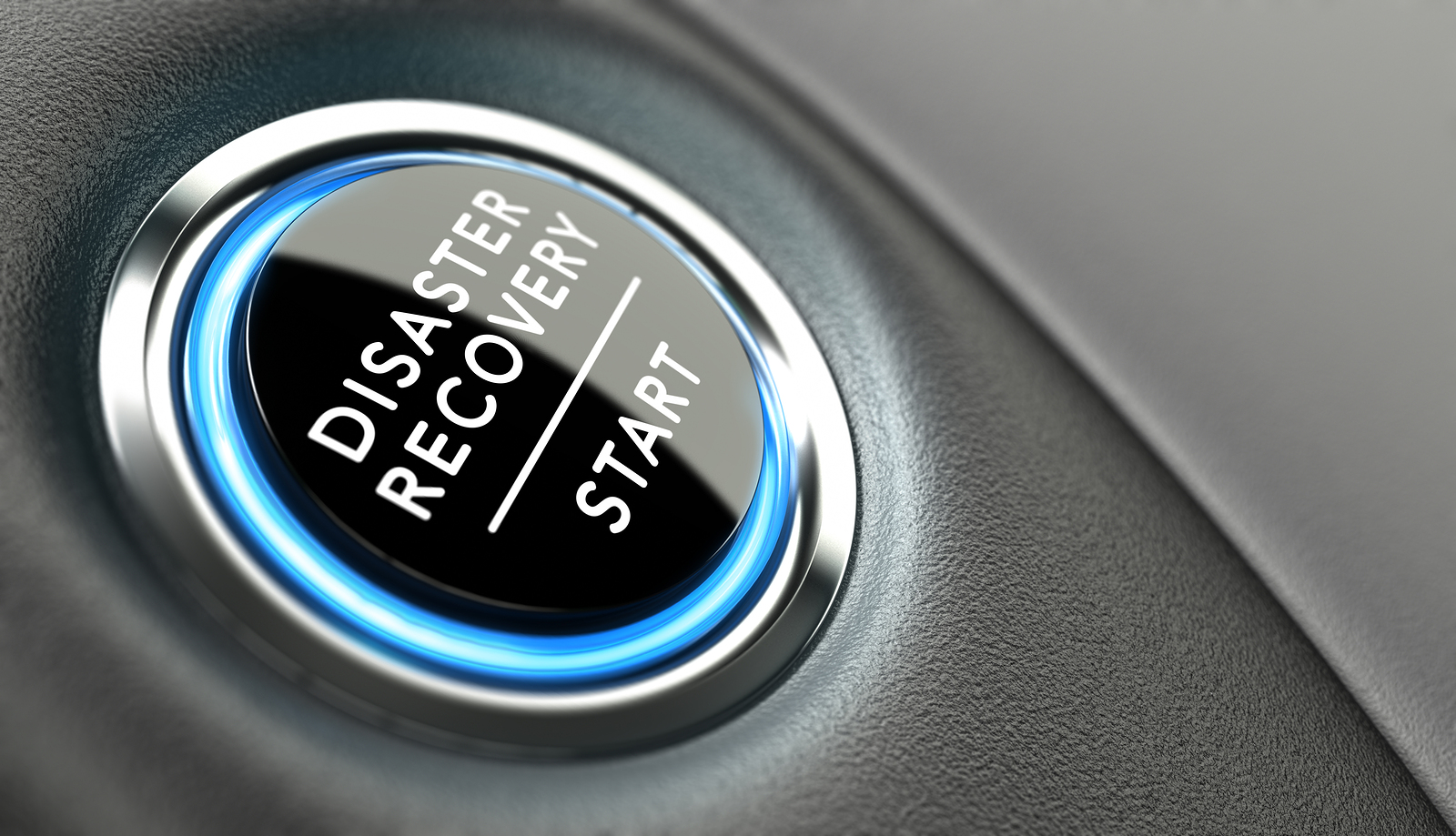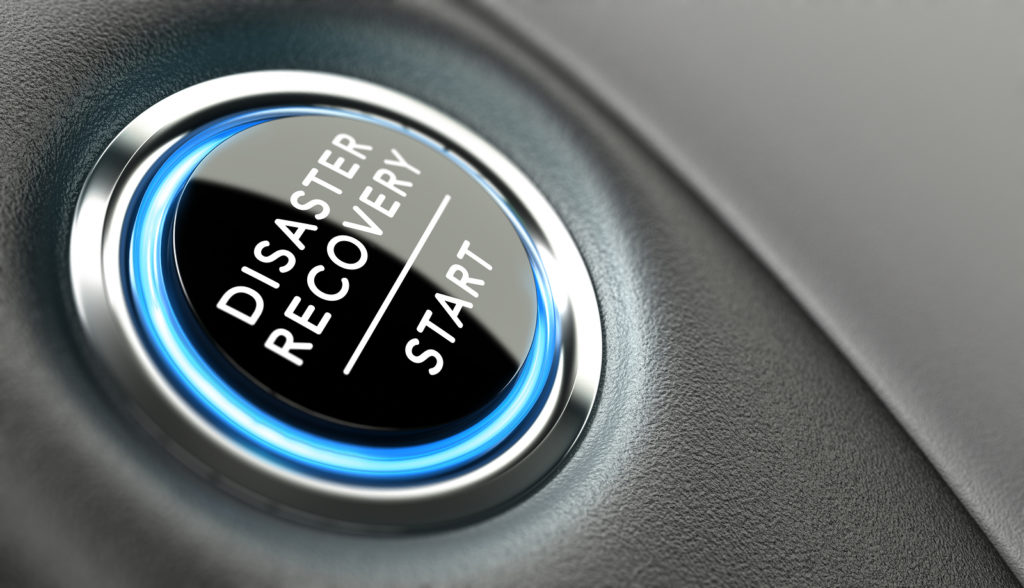
What You Need to Know About Disaster Recovery
Disasters can hit the workplace in many different ways. Whether they are the result of Mother Nature or human nature, an effective disaster recovery and prevention planning is essential to the operation of your business. It involves having a solid strategy in place long before something happens so that should the unexpected occur, you can transition from the disaster and get back to business with little downtime.
Here are some tips to help you with planning your disaster strategy.

The People Part
Your employees should be your first concern when a disaster strikes. That is because they are what ensures your business runs smoothly under normal circumstances. Any kind of interruption in the workflow is going to have an impact on the productivity and bottom line of your business. However, it is your employees who are going to assist with getting business back on track. This is why you need to focus on the people who make up your business first.
These should be your first disaster recovery priorities:
- Contact all employees to see if they are safe and accounted for
- Inform them that the company cares about them and is prepared to be flexible on hours, workloads, etc. until everything is back on stream
- Stay in touch and conduct frequent checks on employees to see if their individual situations change and offer any assistance possible
- Keep employees in the loop on what your company will be doing and the steps it will take to achieve those goals
- Plan volunteer opportunities to assist employees
- Offer employee assistance programs
- Have each individual department get together to discuss what has happened and to create a flow of information between management and employees
- Be flexible as no two situations will be the same between employees and how they are dealing with the disaster and its aftermath
The Business
Once you have been able to connect with everyone who works for you, the next thing you have to do is assess the damage to your business. In this phase, you will be determining what needs to be done in order to get your business up and running once again.
These are points to include in your disaster plan:
- Have priorities in what parts of your business need to be functional first. This could be having a system in place to process accounts and payroll. It could be the need for data recovery
- Running and restoring tape backups from offsite locations
- Management should be aware of what parts of their departments require top priorities as well
- Contact customers and suppliers to let them know what has happened and what you are doing to remedy the situation
- Some less critical functions can wait
The Checklist
Every disaster recovery plan should have a list of tasks that need to be taken care of in a particular order. This ensures that the tasks that need attention first get it and all other steps follow that lead.
Your checklist should include:
- Employee emergency contact information
- Safety protocols for the workplace
- An emergency notification system
- Planned routes for evacuation
- Protocols for post-evacuation
- Contact information for your emergency planning team
- Contact information for assistance agencies such as Red Cross
- Locations of area shelters
The Balance
There is a fine balance where you have to take care of your employees as well as the function of your business when a disaster strikes. By investing in the people you hire to participate in the planning process and by keeping them involved in upgrading and education, you end up with a team of employees who feel valued in the workplace. They also are able to contribute through their knowledge if a disaster impacts your business.
As a leader, you can create this company culture with these tips:
- Provide clear job descriptions for every position
- Have employees understand how their contribution at work fits into the big picture
- Build a leadership team that works together for the same goals
- Let employees do their job allowing them to build their personal satisfaction
- Keep communication flowing between employees and management
- Celebrate successes and use shortfalls as lessons to learn from
Any kind of disaster can quickly derail even the largest corporation. But if your business has a solid disaster recovery plan in place, everyone on site can help each other get through the rough stuff and at the same time, keep your business intact. By keeping in your mind that the people working for you are as important as your business, your business will be able to weather any storm that comes its way.
